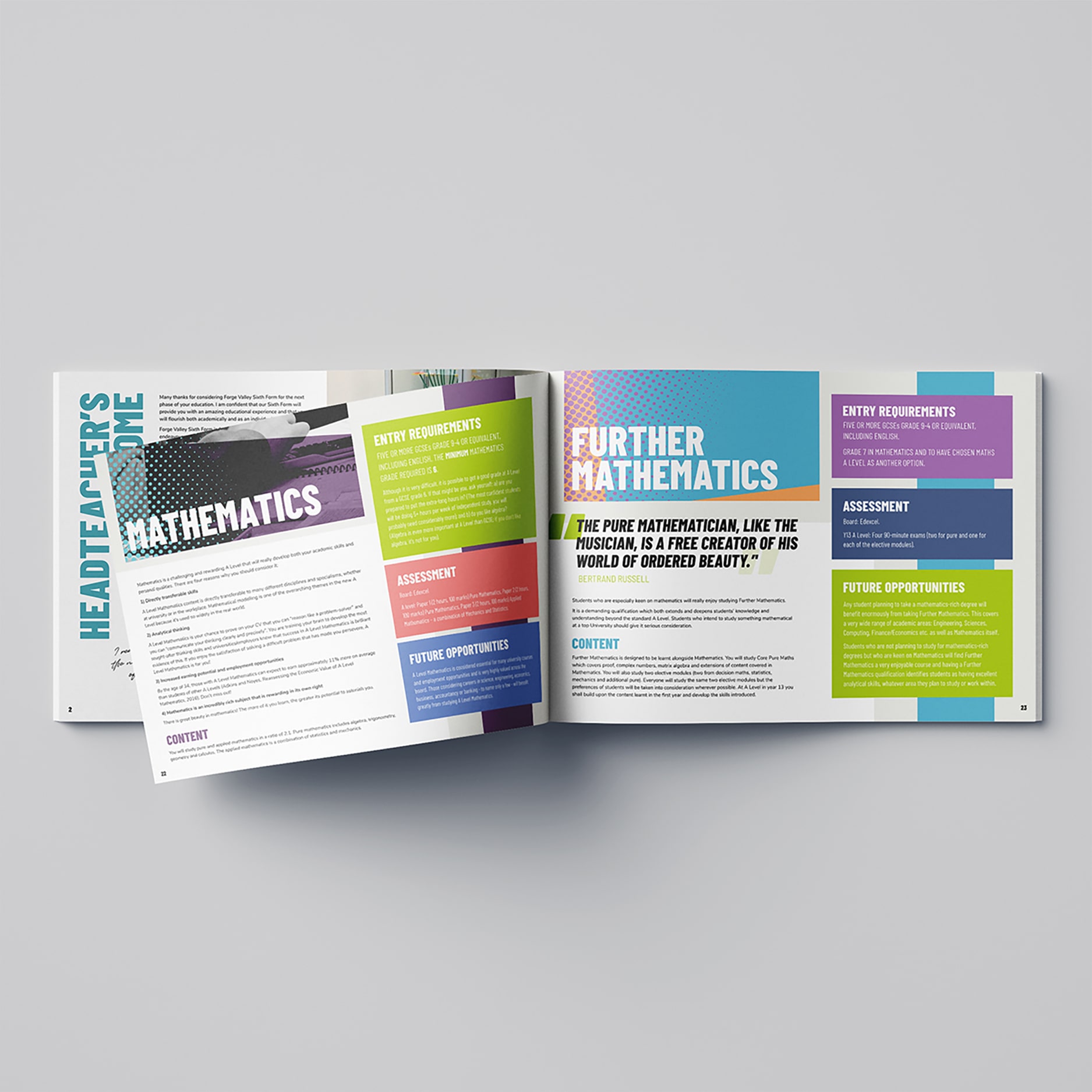Introduction
Brochures are a versatile marketing tool that can deliver a lot of information in a compact format. Whether it's for a product launch, an event, or a service portfolio, a well-designed brochure can tell your brand's story in an effective and engaging way. In this blog post for DS Creative, we’ll walk you through the essential steps to design a brochure that not only looks great but also resonates with your target audience.
Understanding the Purpose
Identify Your Target Audience
The first step is to identify who your target audience is. What are their preferences, needs, and pain points? Tailor your brochure's content and design to address these factors specifically.
Set the Objective
What is the primary goal of your brochure? Whether you aim to inform, persuade, or entertain, setting an objective will guide the design process and ensure that all elements serve a purpose.
Planning the Content
Develop a Message
What key message do you want to convey through the brochure? It could be about the features of a new product or the benefits of your service. Make sure the message aligns with your brand and speaks directly to your audience.
Gather Assets
Collect all the assets you’ll need, such as logos, images, and text. Make sure these are of high quality and relevant to your content.
Design Elements
Layout
Plan the layout carefully. You can choose from various formats like tri-fold, bi-fold, or even booklet-style brochures. Consider the amount of content and the number of images you plan to include.
Colour Scheme
Use colours that reflect your brand identity. Stick to a limited colour palette to maintain consistency and visual appeal.
Typography
Choose fonts that are legible and harmonious with your design. Limit the types of fonts you use to ensure readability.
Imagery
Use high-resolution images that complement your text. Avoid using stock photos that are generic or irrelevant to your message.
Crafting the Content
Headlines and Subheadings
Craft compelling headlines and subheadings that grab attention. These elements should succinctly convey your key messages.
Body Text
Write concise and clear copy that communicates your messages effectively. Make sure it’s easy to read and scannable by using bullet points or numbered lists where applicable.
Call to Action (CTA)
Every effective brochure needs a strong CTA. Whether it’s a phone number, website, or a prompt to visit your store, make it clear what the next step should be for the reader.
Proofing and Printing
Review and Edit
Before sending it off for printing, review the brochure meticulously for any spelling errors, grammatical mistakes, or design inconsistencies.
Printing
Choose a high-quality paper stock to do justice to your design. Consult with us about any technical specifications or limitations.
Designing a brochure is a multifaceted task that requires careful planning, a deep understanding of your audience, and an eye for design. By following the steps outlined above, you can create a compelling brochure that effectively communicates your brand’s story.
Contact Us to discuss your requirements further and we’ll be more than happy to help!

